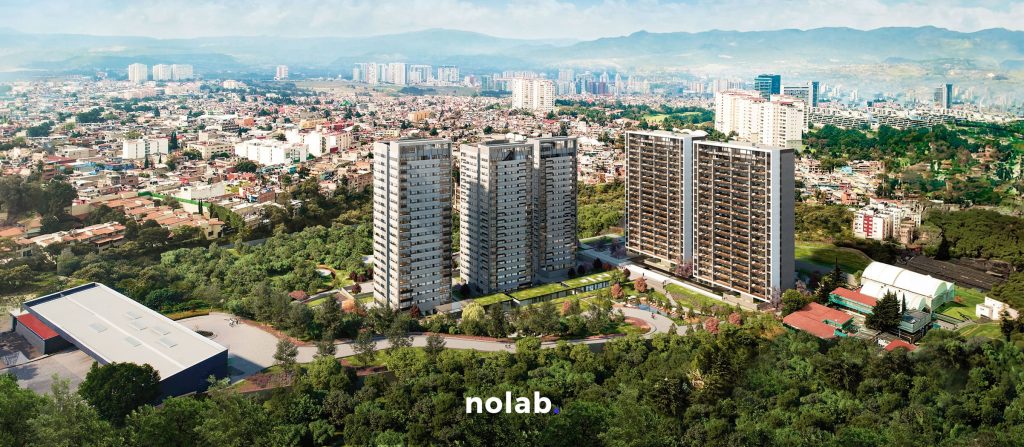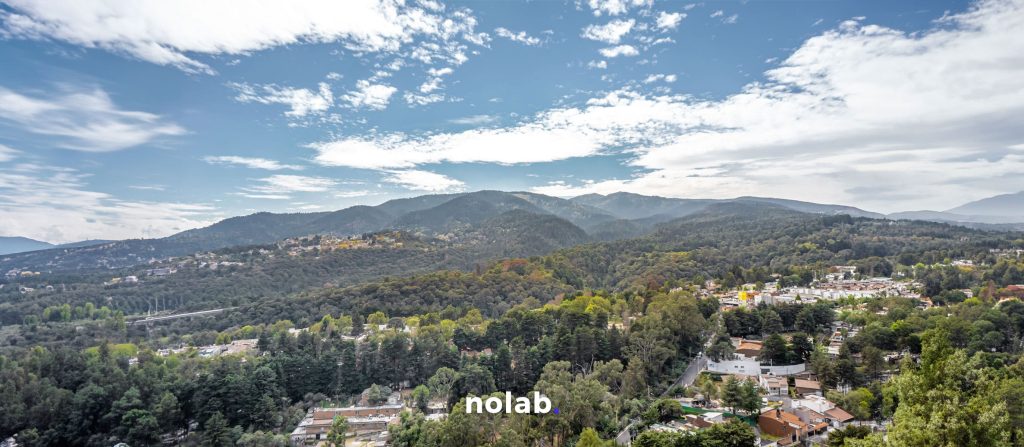Contenido de este artículo 🧭
ToggleWhat is nearshoring and why has it become so relevant in recent years in Mexico? Globalization brings with it changes in the way people do business around the world. In this scenario, nearshoring has emerged as a very interesting opportunity for both production companies and investors in the real estate market. Discover below why nearshoring in Mexico has become a very interesting opportunity not only for production businesses, but also for investment in the real estate market. Discover below how this trend represents a valuable opportunity for both businesses and those interested in investing in the country.
What is nearshoring?
Near-shoring is a commercial outsourcing strategy in which a company transfers part of its production or services to third parties located in nearby countries where inputs are much cheaper compared to the country of origin.
We are talking about salaries, fuel, electricity, facility leases, even taxes. This practice emerged as an alternative to offshoring, as it seeks to solve the logistical and communication problems that can arise when working with suppliers on different continents.
What are the benefits of nearshoring in Mexico?
Nearshoring in Mexico offers a number of significant advantages for companies that decide to adopt this strategy. Some of the main benefits are:
More competitive labor costs: Mexico’s labor force is recognized worldwide for its high degree of specialization and the quality of its human talent. In addition, the exchange rate for a company based, for example, in the United States, makes Mexico an attractive place to increase its profitability.
2. Proximity to the United States: Mexico has a strategic location and shares a 3,152 kilometer border with the United States. Geographic proximity facilitates logistics and reduces delivery times, which is especially attractive to U.S. companies looking for a faster and more efficient way to work with external suppliers. According to data from El Financiero, 80% of Mexico’s industrial production is destined for the United States.
3. The T-MEC: The entry into force in 2018 of the Treaty between Mexico, the United States and Canada (T-MEC) has strengthened trade and investment between these countries. The agreement has improved market access and established clearer rules for trade, which benefits companies involved in nearshoring, specifically in terms of tariffs.
4. Fast and secure supply chains: Mexico has modern infrastructure and transportation systems that allow for the rapid flow of goods. In addition, nearby sea and land transportation routes ensure safe and efficient deliveries, giving foreign companies peace of mind to meet deadlines and maximize their profitability.
5. Diverse types of industries: Over the last decades, Mexico has demonstrated strong performance in several industrial sectors, such as automotive, electronics and general manufacturing. Experience and specialization in these areas make Mexico an attractive option for nearshoring.
Why is nearshoring an opportunity to buy property in Mexico?
The main cities in Mexico offer a cosmopolitan lifestyle, full of tradition and welcoming culture for foreigners who have decided to live in Mexico during the last few years. That is one of the reasons why new investors who have come to Mexico for nearshoring have found it an idyllic place to live and to invest in real estate.
In this context, the real estate market in Mexico City, specifically in areas to the west and downtown, offers an attractive investment offer thanks to the lifestyle found here and its proximity to production centers that are concentrated mainly in the outskirts of the city.
The Polanco, Roma, Condesa, Nápoles, Bosques de las Lomas and Santa Fe neighborhoods are home to foreign communities from all over the world, so many businesses and people speak English on a regular basis. The lifestyle you will find as a foreigner in one of these areas of the city is relaxed, as well as full of history, culture, entertainment and insurance. There is a wide range of schools, hospitals, shopping centers, banks and access routes, so people living here have the opportunity to carry out their daily activities in a simple way.

On the other hand, if you are a person who does not need to go to an office every day, Mexico offers impressive real estate projects to invest and live in along the country’s coasts. Some ideal destinations are Acapulco and Zihuatanejo, since their proximity to the country’s capital makes them relatively close destinations to live and have activity in the city. Or, there are more distant options in the south of the country where, in addition to experiencing the paradisiacal lifestyle of Tulum, you can get great returns due to the incredible capital gains of up to 11% that you will find here.

Lifestyle in Mexico
Mexico is a country that offers a unique cultural and artistic experience for foreigners who decide to settle in its territory. With a lower cost of living compared to many countries in North America and Europe, it has become an increasingly attractive destination, especially for digital nomads.
The diversity of its culture, pleasant climate, beaches and natural areas are some of the main reasons that attract foreigners to Mexico. Mexicans, known for their friendliness and hospitality, facilitate a quick and pleasant adaptation. Festivals, such as the Day of the Dead and the pilgrimage in honor of the Virgin of Guadalupe, as well as the rich gastronomy and music, make every day in Mexico an unforgettable experience.
For many Spaniards, Mexico has become an attractive option due to factors such as the shared language, lower living costs and the possibility of enjoying the famous Mexican food and exploring the country’s iconic sites.
Legal requirements to buy a property in Mexico
Foreigners wishing to purchase property in Mexico must comply with certain legal requirements. Among the documents and procedures required are the following:
a) The National Registry of Foreign Investments (Registro Nacional de Inversiones Extranjeras, RNIE): Foreigners wishing to acquire property in Mexico must obtain the RNIE from the National Registry of Foreign Investments.
b) Trust: In the case of properties located within the coastal strip or 50 km from the borders, foreigners must acquire the property through a trust, in which the bank acts as trustee and the buyer as beneficiary.
c) Restrictions in the border zone: There are restrictions on the acquisition of property by foreigners in the border zone, so it is important to consult the specific regulations in the desired region.
Find out all about the process of buying a property in Mexico as a foreigner.
Nearshoring in Mexico is an increasingly popular strategy that offers numerous benefits for companies and also translates into an attractive opportunity for investors looking to acquire properties in a country with a growing real estate market and an attractive lifestyle. However, it is essential that foreigners interested in investing in Mexico inform themselves and comply with the necessary legal requirements to ensure a smooth and successful investment experience.










